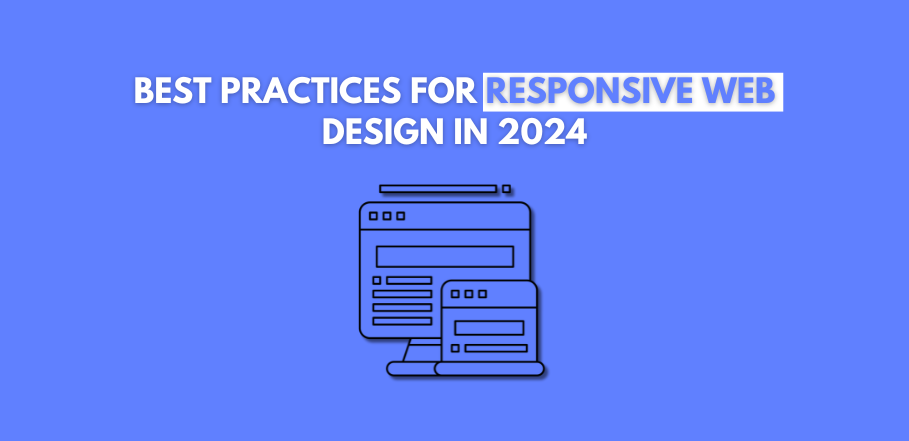
A Detailed Brief of 2D-3D Designs
In the age of digital branding and marketing, 2D and 3D design play crucial roles in creating visually captivating and engaging content. Understanding the fundamentals of 2D and 3D design, their applications, and best practices can significantly enhance your brand’s visual identity and impact. This detailed brief explores the essentials of 2D and 3D design, their benefits, and strategies for effective implementation.
1. What are 2D and 3D Designs?
2D design involves creating images and graphics in two dimensions, focusing on height and width. These designs are typically flat and include elements like illustrations, logos, and user interfaces.
3D design, on the other hand, involves creating objects in three dimensions, adding depth to the height and width. This includes creating realistic models and animations used in various applications, from marketing materials to product design and virtual reality.
2. Why are 2D and 3D Designs Important?
2D and 3D designs are essential for several reasons:
- Visual Appeal: High-quality designs attract attention and engage viewers, making your content stand out.
- Communication: Visual elements can convey complex ideas more effectively than text alone.
- Brand Identity: Consistent and cohesive designs help establish and reinforce your brand identity.
- User Experience: Well-designed graphics and interfaces enhance user experience and satisfaction.
- Innovation: Utilizing the latest design trends and technologies keeps your brand innovative and relevant.
3. Key Components of 2D Design
2D design encompasses various elements and techniques, including:
Illustrations and Graphics
- Vector Graphics: Created using mathematical equations, vector graphics are scalable without losing quality, making them ideal for logos and icons.
- Raster Graphics: Made up of pixels, raster graphics are best for detailed images like photographs but can lose quality when scaled up.
Typography
Typography involves the art of arranging type to make written language legible, readable, and visually appealing. Key aspects include:
- Font Selection: Choosing fonts that align with your brand’s identity and message.
- Hierarchy: Establishing a visual hierarchy to guide the reader’s eye through the content.
Color Theory
Understanding color theory helps in selecting color schemes that are visually appealing and convey the right emotions. Key elements include:
- Color Schemes: Complementary, analogous, and triadic schemes to create harmony.
- Contrast: Using contrast to highlight important elements and ensure readability.
4. Key Components of 3D Design
3D design involves more complex processes and tools, including:
Modeling
Modeling is the process of creating a 3D representation of any object or surface. Key techniques include:
- Polygonal Modeling: Creating 3D objects using polygons, which are the building blocks of 3D models.
- NURBS Modeling: Using curves to create smooth and detailed 3D models, often used in automotive and product design.
Texturing
Texturing involves adding surface details to a 3D model to make it look realistic. This includes applying:
- Diffuse Maps: For base colors and patterns.
- Bump Maps: To simulate surface irregularities.
- Specular Maps: To define how shiny a surface appears.
Rendering
Rendering is the process of generating an image from a 3D model. This can be either:
- Real-time Rendering: Used in interactive applications like video games.
- Offline Rendering: Used in high-quality images and animations for marketing and films.
5. Benefits of 2D and 3D Design
Investing in high-quality 2D and 3D design offers numerous benefits:
- Enhanced Visual Appeal: Attractive designs draw attention and keep users engaged.
- Effective Communication: Visual elements can simplify complex information and enhance understanding.
- Stronger Brand Identity: Consistent and professional designs help build and maintain a strong brand identity.
- Increased Engagement: Interactive and dynamic designs can lead to higher user engagement and interaction.
- Competitive Advantage: Innovative designs set your brand apart from competitors.
6. Best Practices for 2D and 3D Design
To achieve the best results with 2D and 3D design, follow these best practices:
- Understand Your Audience: Tailor your designs to meet the preferences and needs of your target audience.
- Maintain Consistency: Use consistent colors, fonts, and styles to create a cohesive brand identity.
- Prioritize Simplicity: Avoid clutter and focus on clear, simple designs that convey your message effectively.
- Invest in Quality: Use high-resolution images and professional design tools to create polished and professional graphics.
- Stay Updated with Trends: Keep up with the latest design trends and technologies to ensure your designs remain relevant and innovative.
7. The Future of 2D and 3D Design
The fields of 2D and 3D design are constantly evolving, with new trends and technologies shaping their future. Key trends to watch include:
- Augmented Reality (AR) and Virtual Reality (VR): Enhancing user experiences by integrating AR and VR into designs.
- Motion Graphics: Increasing use of animations to create dynamic and engaging content.
- Interactive Design: Creating more interactive elements in both 2D and 3D designs to engage users.
- Sustainable Design: Focusing on eco-friendly and sustainable design practices.
Conclusion
2D and 3D designs are powerful tools for businesses looking to build strong brands and connect with their audiences. By understanding the key components of 2D and 3D design and implementing best practices, businesses can create visually compelling content that enhances their brand identity and drives engagement. At EZ Brand Builders, we specialize in helping businesses leverage the power of 2D and 3D design to achieve their marketing goals. By investing in high-quality design, businesses can build strong, recognizable brands that stand out in the competitive digital landscape.








